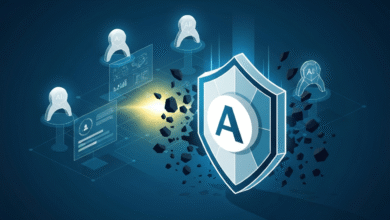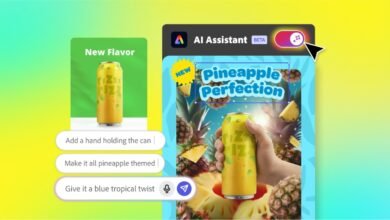AI Chatbots’ Teaching Flaws & How Educators Can Benefit

▼ Summary
– ChatGPT Study Mode offers minimal differences from regular ChatGPT, requiring significant user effort to make lessons engaging.
– AI usage in education has surged, with 25% of US adults using bots for learning, raising concerns among educators about over-reliance on AI.
– Study Mode lacks creativity in teaching, often relying on rote exercises and failing to stimulate curiosity without user prompting.
– Educators and developers should focus on using AI to encourage student questioning and exploration rather than just providing answers.
– The future of education with AI should integrate topic learning with understanding the bot’s capabilities and limitations to foster deeper inquiry.
AI chatbots are transforming education, but their teaching methods often fall short of inspiring genuine learning. While tools like ChatGPT’s Study Mode promise to revolutionize tutoring, they frequently deliver generic, uninspiring lessons unless users put in significant effort to guide the interaction.
Recent data shows a sharp rise in AI adoption for learning, with 25% of U.S. adults now turning to chatbots for education, a dramatic jump from just 8% in 2023. Surprisingly, usage increases with higher education levels, suggesting even advanced learners see value in AI assistance. Yet educators worry these tools encourage surface-level thinking rather than deep understanding.
OpenAI’s Study Mode, designed to mimic tutoring, asks users about their goals before structuring lessons. But in practice, it struggles to engage learners meaningfully. When tested for language learning, the feature offered little beyond standard ChatGPT responses, relying heavily on rote memorization rather than sparking curiosity. Without well-crafted prompts, lessons remained bland and uninspired.
For instance, when attempting to learn Japanese, Study Mode defaulted to repetitive hiragana drills. Only after pushing the bot with specific questions, like “How many hiragana characters exist?”, did the session become more engaging. This highlights a critical flaw: AI lacks the intuition to anticipate a student’s evolving curiosity, relying instead on user-driven exploration.
The deeper issue lies in how large language models (LLMs) operate. They excel at predicting probable responses but falter at designing dynamic curricula that foster critical thinking. Unlike human educators, who structure lessons to provoke questions, chatbots often regurgitate information without context. This makes them adept at standardized tests but poor mentors for deeper learning.
So, how can educators and developers improve AI’s role in education? One approach is flipping the script, encouraging students to challenge bots until they hit the limits of their knowledge. Instead of policing AI use, teachers could guide learners in probing these tools, turning sessions into collaborative explorations of uncertainty.
Imagine a classroom where students dissect AI-generated answers, identifying gaps and refining their inquiries. This “vibe pedagogy” could transform bots from answer machines into catalysts for curiosity. By embracing AI’s weaknesses, its reliance on user input and lack of creative teaching, educators can turn it into a tool that amplifies human curiosity rather than replacing it.
Ultimately, the risk to education isn’t AI itself but an overreliance on it as an authority. If students learn to question, analyze, and push these tools beyond their limits, they’ll gain far more than memorized facts. They’ll develop the critical thinking skills that no chatbot can replicate.
(Source: zdnet)





